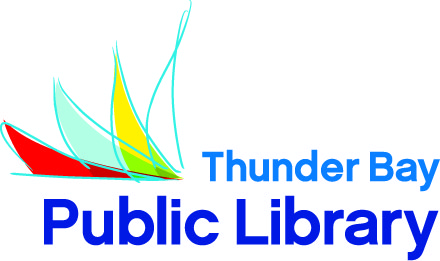
We are living in interesting but increasingly
strange times. What was envisioned as the golden age of information is actually
more like the age of misinformation where opinions are cheap, everyone is an
expert, the level of discourse is low and we are confronted on a daily basis
with “fake news” and “alternative facts.” A Stanford University study revealed
that 82 % of middle school children were unable to tell the difference between
real news online and click bait or paid advertisements.
Increasingly the lines between what is true and
what is a sales pitch are blurred, as are the lines between news and
entertainment and facts and bias. What is sorely needed to help one navigate
the pitfalls of misinformation is critical thinking which is defined as self-guided,
self-disciplined thinking which attempts to reason at the highest level of
quality in a fair-minded way. Critical thinkers use the intellectual
concepts and principles that enable them to analyze, assess, and improve
thinking. They ask good questions about information presented to them,
such as who is providing it? Can I trust this source? What evidence is there to
prove this? What are the contrasting views?
When confronted with news such as the recent
“fact” about terrorist attacks in Sweden, an independent thinker might wonder –
why have I not heard anything about this before Donald Trump made that
claim? When he stated, “Can you believe
it?” the best response would be to find out for yourself rather than to assume
it was factual. In fact, it was not factual at all as was evidenced by the lack
of any evidence, the overwhelming confusion and mocking response of the Swedish
press and people, and the realization that it was based on a faulty
understanding of a documentary which was biased in its point of view and which
was offered in defiance of real data and real facts.
Public libraries have long been information
sorters, organizers and providers which foster and support the activity of
critical thinking. We provide access to a wide range of information and what we
select and provide for the public is not unfiltered, unattributed opinion.
Unlike Internet “click-bait” or half-baked tweets, we strive to provide
reliable information for the enquiring minds who want to truly learn more about
the world. We also provide information from a wide range of points of views so
that one can read and use one's own critical skills to develop an opinion on
issues. For instance, if you are interested in the current American president's
life, you can select magazines, newspaper articles, e-books or contrasting
biographies such as Trump' s own autobiographies, to compare to a book like The
Making of Trump by Pulitzer Prize-winning author David K. Johnson who has done
decades of research and interviews with the subject and can speak with
authority about financial records, business deals and Trump's alliances and
politics. For those interested in developing their critical thinking skills,
there are also many books to borrow from your Library and I can recommend DebunkIt: How to Stay Sane in a World of Misinformation or the very recent A FieldGuide to Lies: Critical Thinking in the Information Age (in book or audiobook
format).
.
Your public library is a haven of knowledge for
everyone and in these times when the deluge of information of varying qualities
feels overwhelming, we invite you to visit. Librarians and staff would be happy
to recommend quality titles for you on any subject, and more than that – your
public libraries are also a lovely space for reading, relaxing and reflecting
when you want to get away from the constant “noise” of tweets and ads and fake
news. I think that you will be pleasantly rewarded.
Angela Meady – www.tbpl.ca. If you have a comment about today's
column, we would love to hear from you. Check out the blog at
tbplatyourlibrary.blogspot.com





